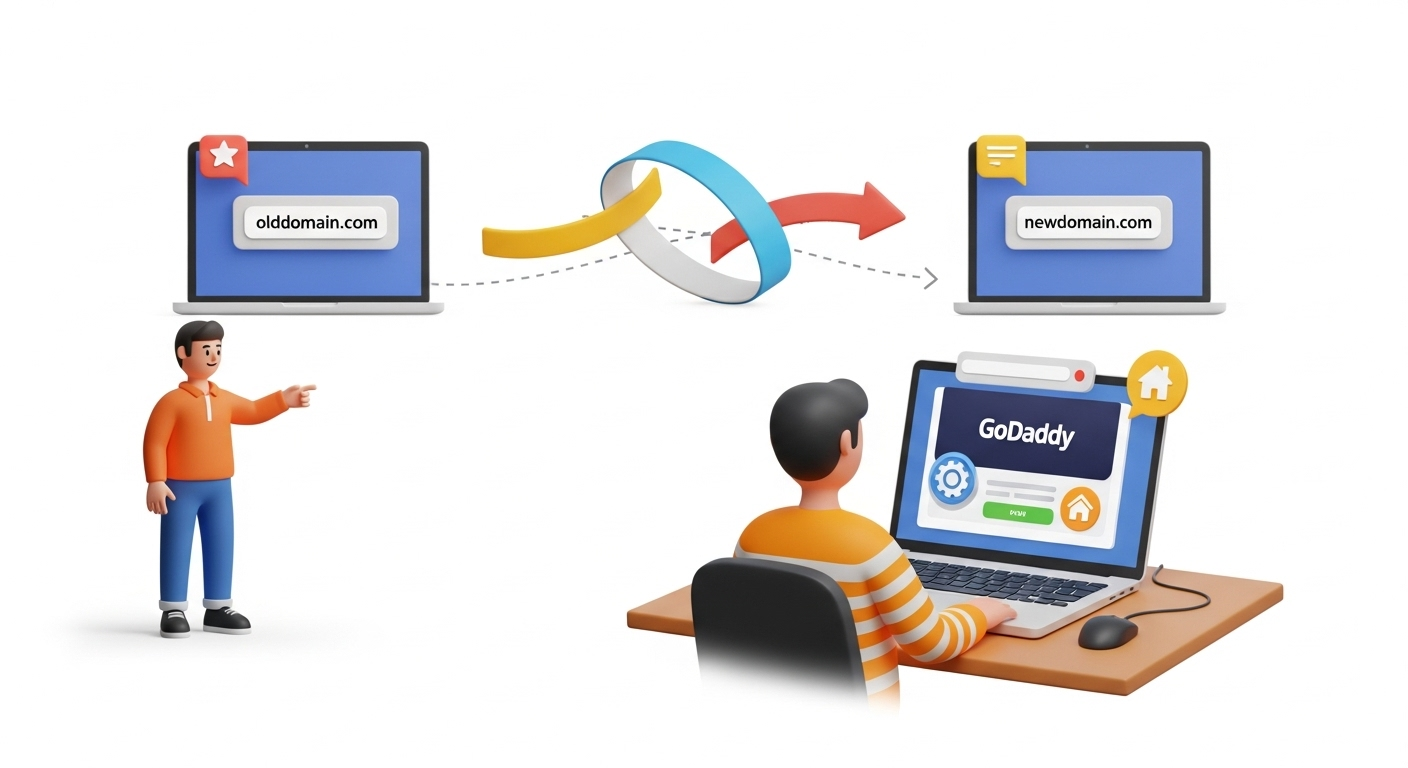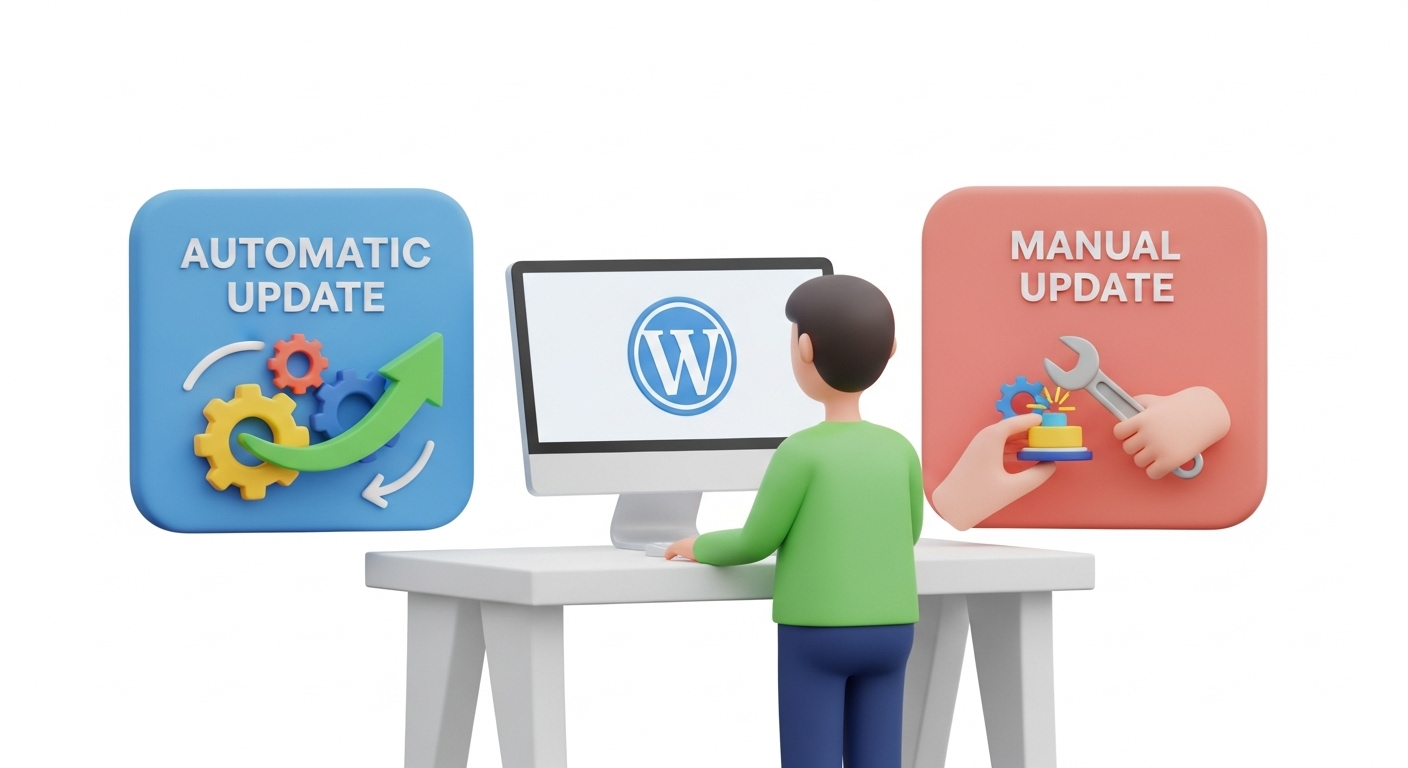Running a multilingual eCommerce store on Magento can offer flexibility and enterprise-level power — but it’s not always the most user-friendly or cost-effective solution. For many merchants, especially in 2025, WooCommerce presents a more agile and affordable alternative.
However, when it comes to magento to woocommerce migration, things get more complex if your store supports multiple languages.
In this guide, you’ll learn how to successfully handle a multilingual eCommerce transfer, including best practices, technical tips, and the right eCommerce switch tools to simplify the process.
Why Migrate from Magento to WooCommerce?
Here are the most common reasons businesses make the switch:
- Lower maintenance costs and hosting flexibility
- Easier interface for store managers and content teams
- Deep WordPress integration for content-driven commerce
- Access to multilingual plugins like WPML and TranslatePress
- Larger plugin ecosystem for marketing and sales tools
⚖️ Magento is powerful but can feel too heavy for small and mid-sized businesses. WooCommerce strikes a better balance between power and usability.
What Is a Multilingual eCommerce Transfer?
A multilingual eCommerce transfer means you’re not just moving products and customers — you’re also migrating:
- Product names, descriptions, and SEO metadata in multiple languages
- Translated pages, categories, and blog content
- URL structures and hreflang tags
- Language switchers and domain/subdirectory setup
Each language version should retain its structure, links, and SEO integrity during the migration.
️ Step-by-Step Magento to WooCommerce Migration (Multilingual Focus)
Step 1: Set Up WordPress + WooCommerce
- Choose a WooCommerce-compatible theme
- Install multilingual plugins (e.g., WPML, Polylang, TranslatePress)
- Define your language structure:
- Subdirectories (e.g.
/en/,/de/) - Separate domains (advanced)
Step 2: Backup Your Magento Store
Before you touch anything, create a full backup of:
- Database
- Media files
- Language-specific content
- Custom code or Magento extensions related to language switching
Step 3: Use an eCommerce Migration Tool
For multilingual sites, Cart2Cart is recommended tool. They support magento to woocommerce migration and preserve:
- Multi-language product data
- Categories and translated descriptions
- Orders and customer records
- SEO URLs (some limitations may apply)
Steps:
- Connect Magento and WooCommerce stores
- Map data between languages
- Run a demo migration to check results
- Launch full migration
Review how each tool handles WPML compatibility before launching full transfer.
Step 4: Rebuild Language Pages and Navigation
After the migration:
- Assign products/pages to the correct language using WPML or your chosen plugin
- Create language-specific menus
- Ensure hreflang tags are generated and added
- Re-link translated versions of pages manually if needed
Step 5: Reconfigure SEO Settings
For every language:
- Add custom meta titles and descriptions
- Set canonical and alternate hreflang links
- Submit multilingual sitemaps to Google Search Console
- Check redirects for each language version (especially if URLs changed)
Step 6: Test Everything Thoroughly
Be sure to test:
- Language switcher behavior
- Checkout and cart for all languages
- Currency and tax logic per region
- Product search and filters
- Mobile responsiveness
✅ Final Thoughts
A Magento to WooCommerce migration can be challenging — especially when dealing with multiple languages — but it’s absolutely achievable with the right strategy and tools.
Using powerful eCommerce switch tools, testing thoroughly, and preserving your multilingual content structure will ensure your multilingual eCommerce transfer is a success — without losing SEO, performance, or customer experience.
Monthly Update – December 2025
As we approach the end of 2025, a crucial consideration for any multilingual Magento to WooCommerce migration is the meticulous handling of SEO URL redirects. For stores operating in multiple languages, preserving the integrity of existing URLs and implementing comprehensive 301 redirects is paramount to maintaining search engine rankings and preventing significant traffic loss. Each translated product page, category, and informational page on your Magento store likely has a unique URL structure. When transitioning to WooCommerce, it's vital to map these old URLs to their new counterparts accurately across all language variations.
Failing to implement a robust redirect strategy can lead to broken links, 404 errors, and a severe drop in organic visibility for your international audience. Leverage your chosen migration tool's capabilities for automatic redirect creation, but always perform a manual audit post-migration. Tools like Google Search Console and various SEO crawlers can help identify any missed redirects or broken hreflang tags. Ensuring a smooth transition for both users and search engine bots across all language versions will solidify your new WooCommerce store's foundation for global success. For more details, explore our FAQ section or schedule a call with a migration expert.






